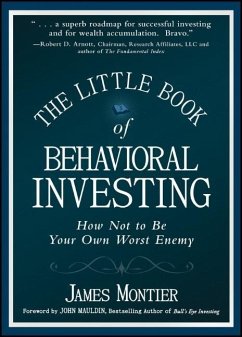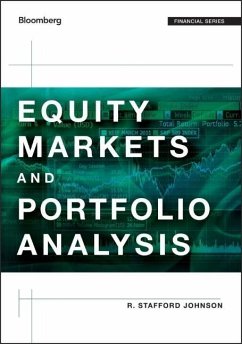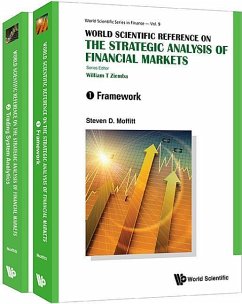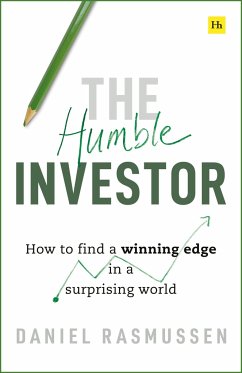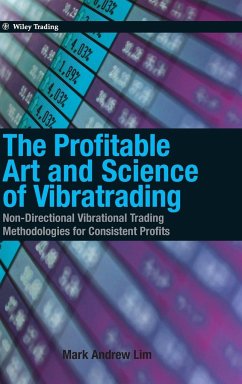
Equity Management: The Art and Science of Modern Quantitative Investing, Second Edition
Versandkostenfrei!
Versandfertig in über 4 Wochen
78,99 €
inkl. MwSt.

PAYBACK Punkte
39 °P sammeln!
The classic guide to quantitative investing-expanded and updated for today's increasingly complex markets From Bruce Jacobs and Ken Levy-two pioneers of quantitative equity management- the go-to guide to stock selection has been substantially updated to help you build portfolios in today's transformed investing landscape. A powerful combination of in-depth research and expert insights gained from decades of experience, Equity Management, Second Edition includes 24 new peer-reviewed articles that help leveraged long-short investors and leverage-averse investors navigate today's complex and unpr...
The classic guide to quantitative investing-expanded and updated for today's increasingly complex markets From Bruce Jacobs and Ken Levy-two pioneers of quantitative equity management- the go-to guide to stock selection has been substantially updated to help you build portfolios in today's transformed investing landscape. A powerful combination of in-depth research and expert insights gained from decades of experience, Equity Management, Second Edition includes 24 new peer-reviewed articles that help leveraged long-short investors and leverage-averse investors navigate today's complex and unpredictable markets. Retaining all the content that made an instant classic of the first edition-including the authors' innovative approach to disentangling the many factors that influence stock returns, unifying the investment process, and integrating long and short portfolio positions-this new edition addresses critical issues. Among them-- ¿ What's the best leverage level for long-short and leveraged long-only portfolios? ¿ Which behavioral characteristics explain the recent financial meltdown and previous crises? ¿ What is smart beta-and why should you think twice about using it? ¿ How do option-pricing theory and arbitrage strategies lead to market instability? ¿ Why are factor-based strategies on the rise? Equity Management provides the most comprehensive treatment of the subject to date. More than a mere compilation of articles, this collection provides a carefully structured view of modern quantitative investing. You'll come away with levels of insight and understanding that will give you an edge in increasingly complex and unpredictable markets. Well-established as two of today's most innovative thinkers, Jacobs and Levy take you to the next level of investing. Read Equity Management and design the perfect portfolio for your investing goals.





